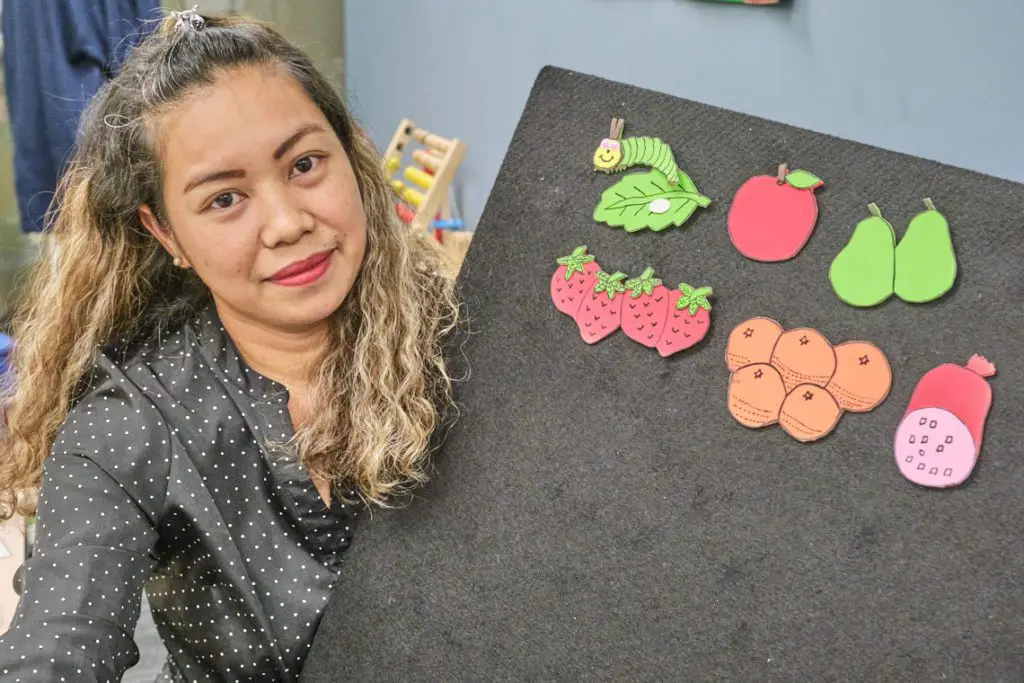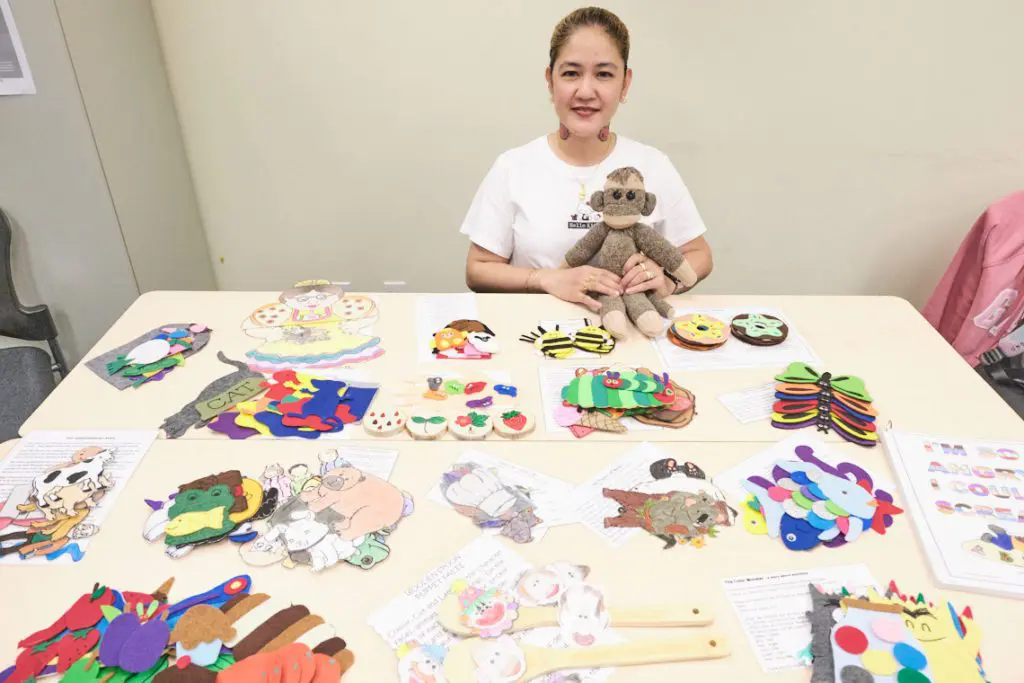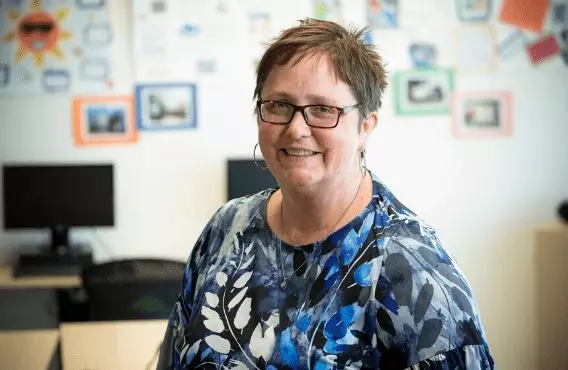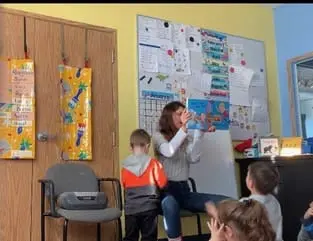Everyone feels shy from time to time. In fact, 40 per cent of children experience some shyness. Feeling shy is normal, and usually doesn’t cause any problems with a child’s development.
For some kids, though, shyness can prevent them from participating in class, making new friends, and taking part in activities like drama, sports, and music. However, with the help of skilled early childhood educators, shy kids can make a smooth transition into the classroom and gradually feel more comfortable speaking up and making friends.
Read on to learn a few ways that early childhood educators help kids overcome shyness and reach their full potential.
A Good Early Childhood Educator Introduces Shy Kids to Social Situations Gradually
The best way for early childhood educators to help a shy child is to let them gradually join social situations at their own pace. Rather than force a child to go play with other classmates, early childhood education training promotes a smoother approach.
Sometimes, educators use parallel play to gradually help kids become comfortable interacting with their peers. Parallel play is when two children do the same activity—like paint a picture—beside each other. Each child plays individually, but their shared activity helps connect them and encourage interaction.
Educators can also introduce games and songs that briefly let each child participate. A song where each child says their name, for example, gives each child the chance to be in the spotlight. And, because every child gets to be in the spotlight, it takes some of the pressure away from shyer children and helps them feel more at ease speaking up.
With these techniques, early childhood education professionals help shy children feel comfortable in the classroom.
Every Early Childhood Educator Knows to Accept and Encourage Shy Kids
Teasing or labelling a child as “shy” might seem harmless. But, as students learn in their early childhood education courses, this approach can in fact discourage kids from participating in social activities and cause them to become insecure and even more shy and withdrawn.
Instead of singling out shyness as a bad quality, early childhood educators carefully choose their language to promote a positive outlook. For example, rather than saying that a child won’t answer a question because they’re feeling shy, an early childhood educator might suggest that the child is carefully thinking about their answer.
By focusing on positive qualities that the child has, that child will feel encouraged. And, by complimenting good behaviour when a child does answer a question or participate, educators help kids build up their confidence and feel less nervous during social situations.
Early Childhood Education Educators Always Model Good Behaviour
Shy children are often keen observers. Even when they don’t participate in social activities, they will often watch and learn behaviour from other children and adults.
As you complete your early childhood educator program, you’ll learn strategies for modelling good behaviour. One way to encourage shy children is to mention a time that you felt nervous or shy yourself. By telling a child “I was nervous on my first day of preschool too.” You help demonstrate that being shy is normal, and that overcoming shyness can offer benefits like making new friends and trying fun new activities.
Want to discover more techniques early childhood educators use to help shy kids?
Continue your education at Stenberg with our early childhood educator program.










